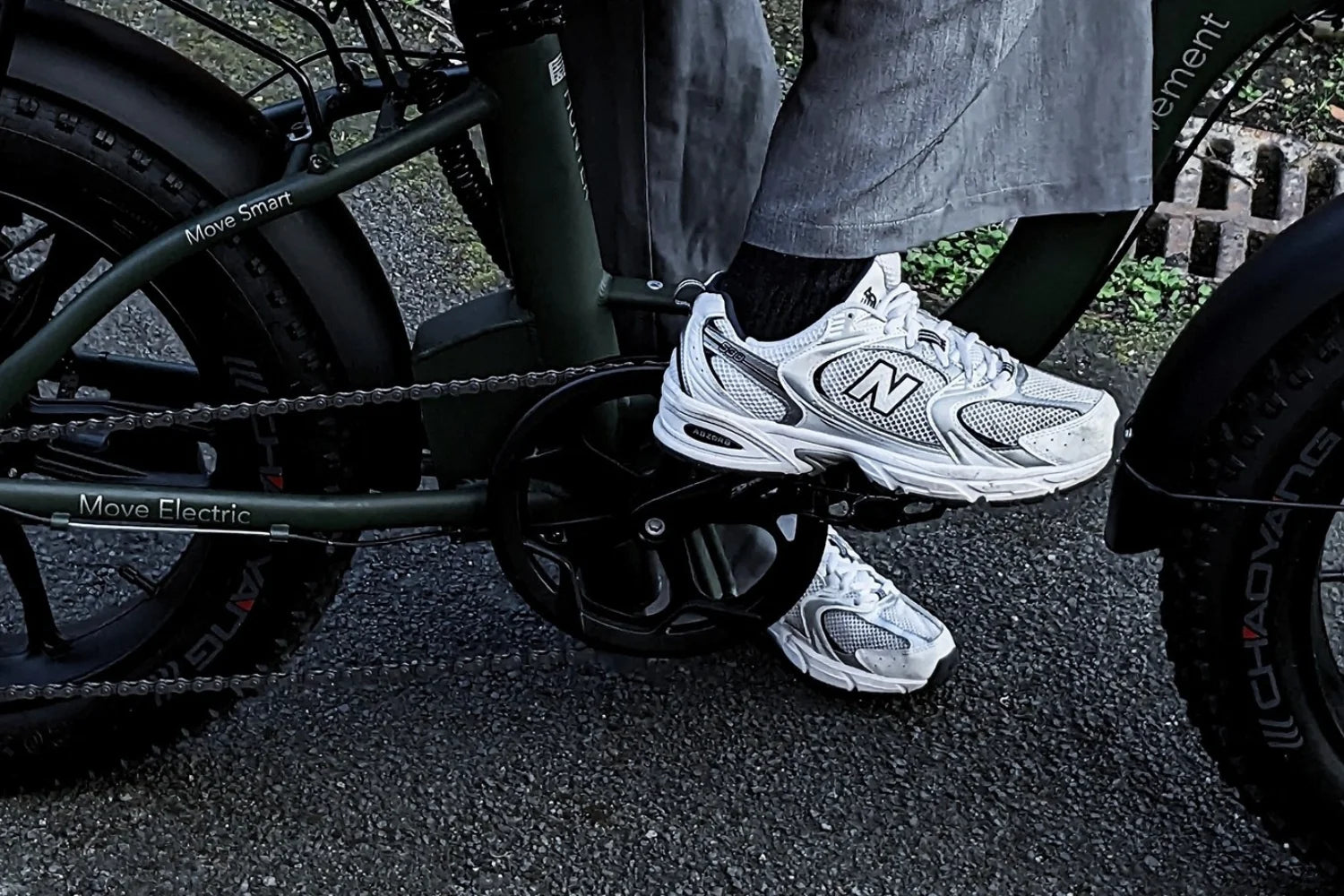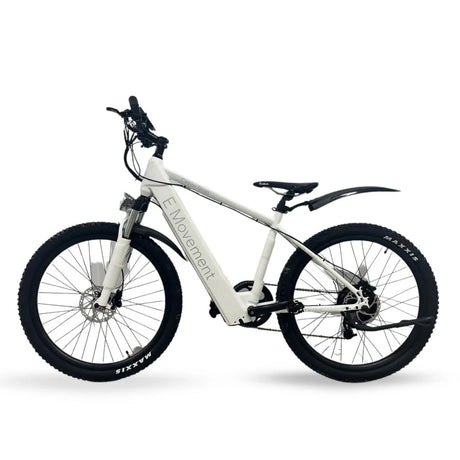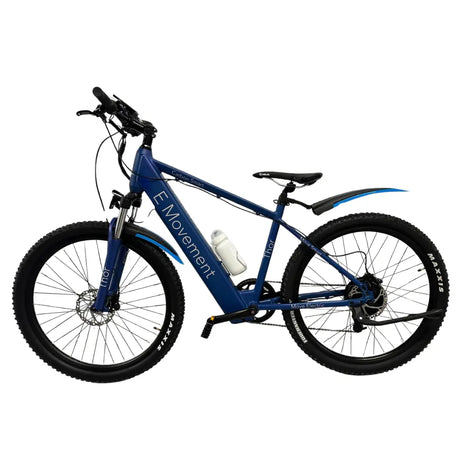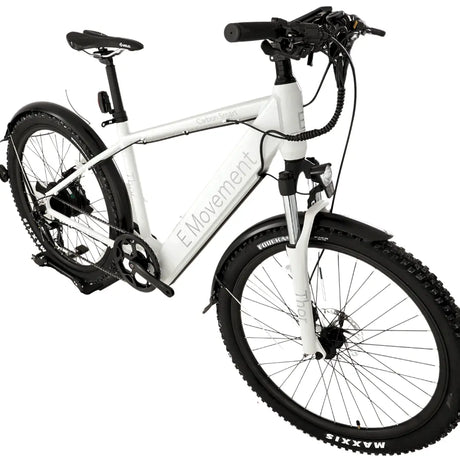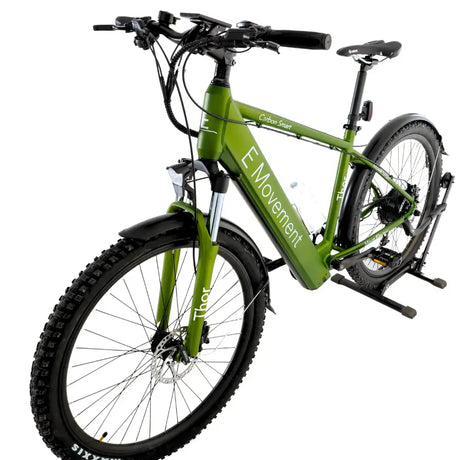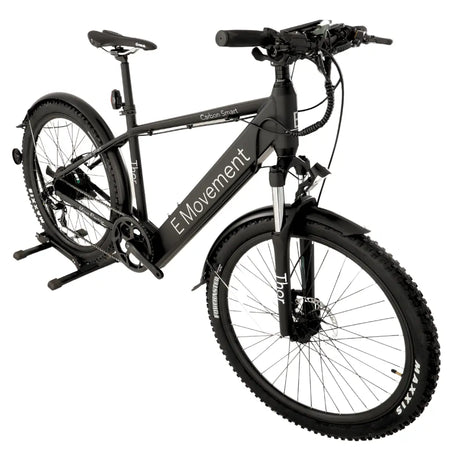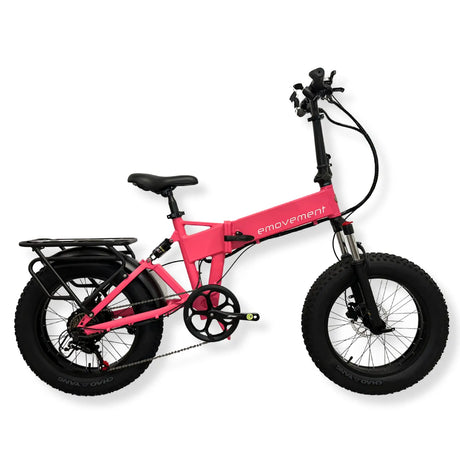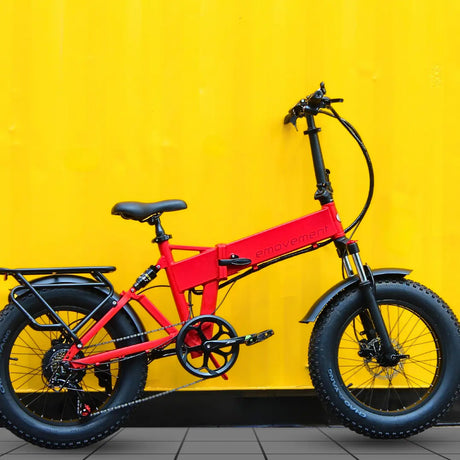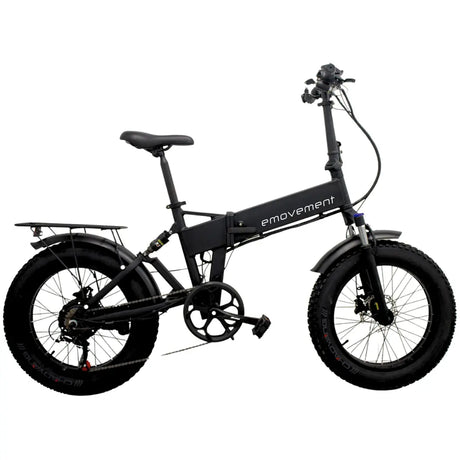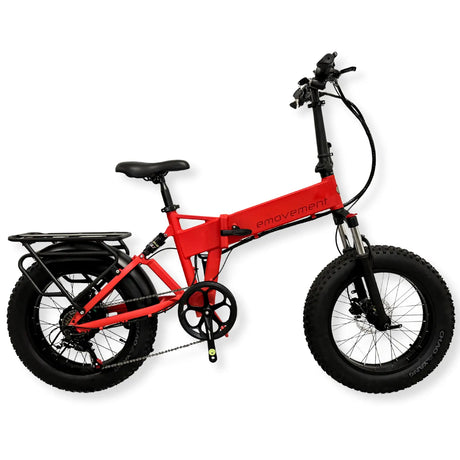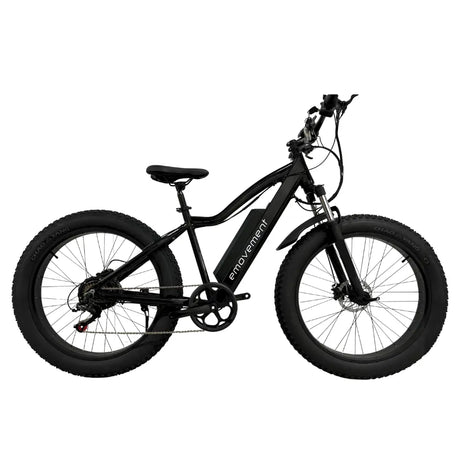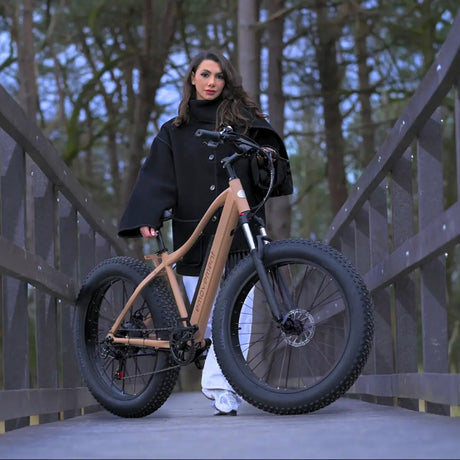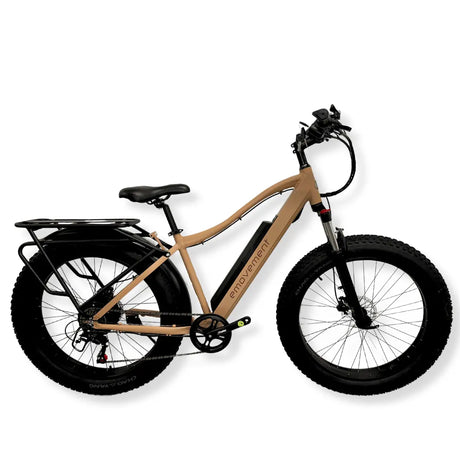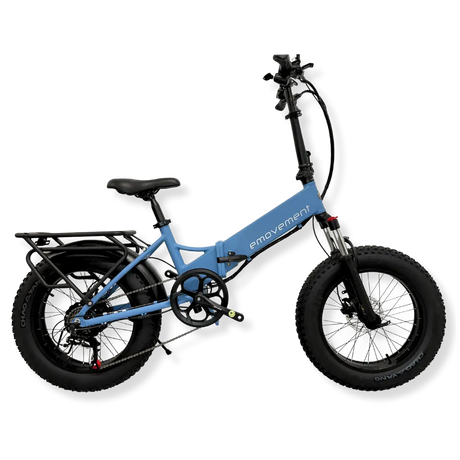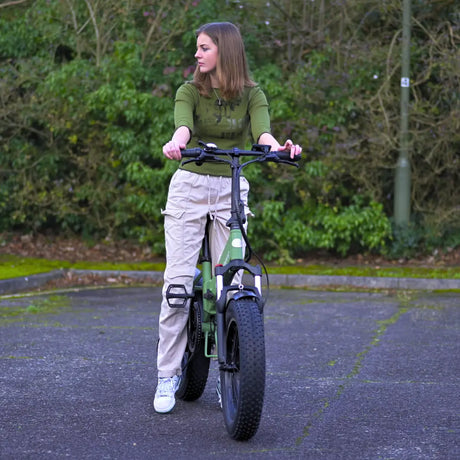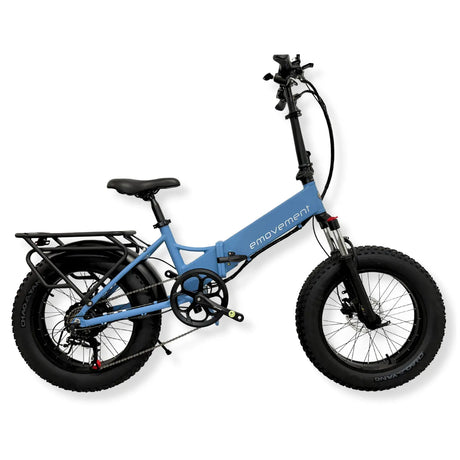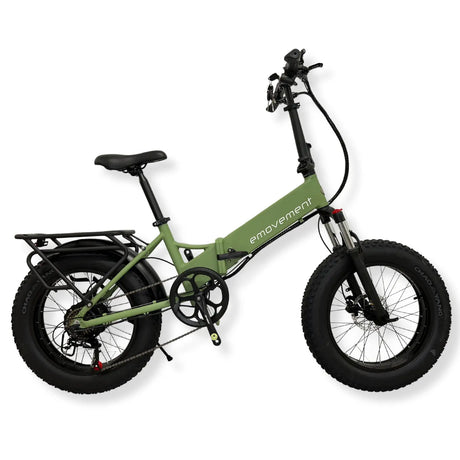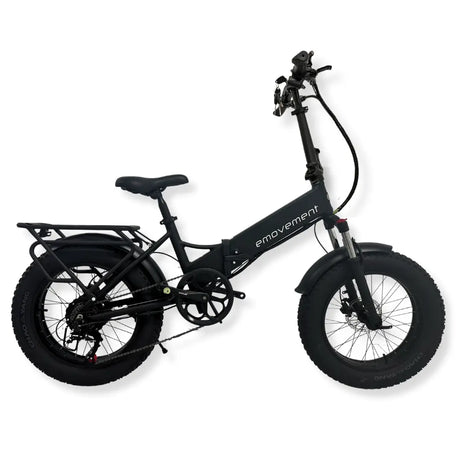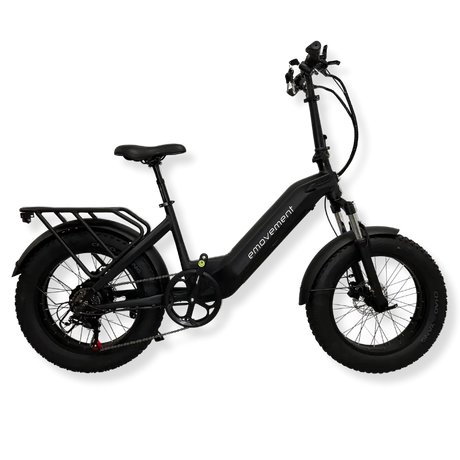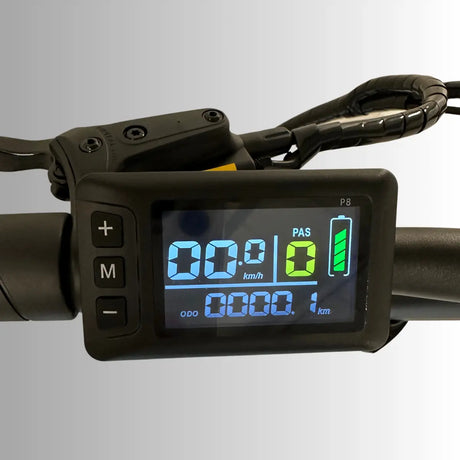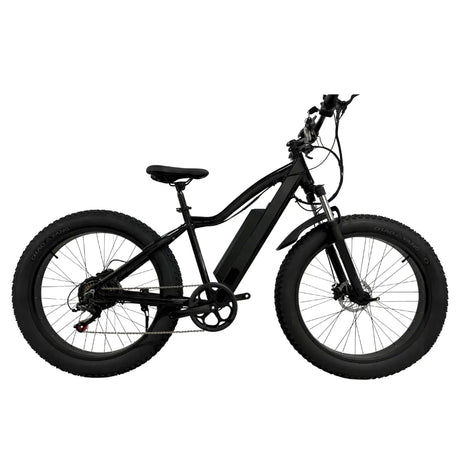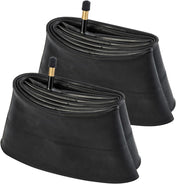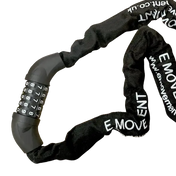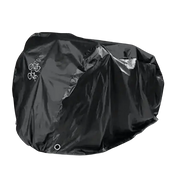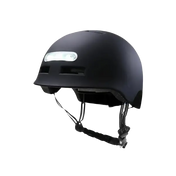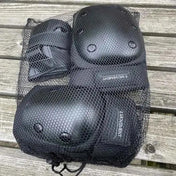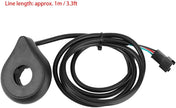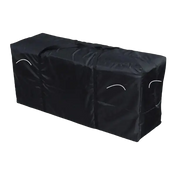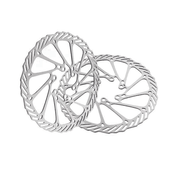Electric bikes are becoming increasingly popular across the UK. People find them to be more sustainable , cheaper, require less maintenance, and allow faster commutes. At the core of ebikes lie various sensors that have made them more enjoyable, safer, and easier to drive. These sensors collect data from your movements and transmit it to various parts of the vehicle, allowing it to better respond to your wishes.
Here is a detailed guide on different types of sensors and how they can assist your journey.
Basics of E-Bike Sensors
eBike sensors are electronic components that monitor various aspects of the bike's operation and rider input to provide assistance and control.
What are E-Bike Sensors?
ebike sensors are small devices integrated into electric bicycles that gather data and facilitate pedal assistance, torque sensing, speed measurement, and cadence monitoring functions. These sensors adjust the battery from the motor according to the rider’s needs, making riding more enjoyable, faster, and less tedious.

The Types of Sensors in E-Bikes
You can use different types of sensors in eBikes to enhance performance and functionality. A bike may have some of the following:
Cadence Sensors: These sensors monitor pedal rotation, providing data on the rider's pedaling speed to adjust the motor's assistance accordingly.
Torque Sensors : A substitute for cadence sensors, these detect the force exerted on the pedals and adjust the motor's power output, offering a more smooth riding experience.
Speed Sensors: By tracking the bike's velocity, speed sensors help comply with legal speed limits and maintain consistent riding speeds.
Throttle Position Sensors: The sensors monitor the throttle input from the rider and control the motor's power output directly, offering an alternative mode of assistance.
Gyroscopes and Accelerometers: These sensors measure the bike's orientation and acceleration, contributing to stability control and unlocking advanced riding features in some eBike models.
Combining various sensors, ebike systems optimise performance, efficiency, and rider comfort, making electric biking a viable and enjoyable transportation option for diverse environments. Understanding and utilising ebike sensors enables riders to harness the full potential of their vehicles.
Where are E-Bike Sensors Located?
These sensors are integrated into different components of the e-bike, ensuring accurate data collection and seamless functionality. In the pedal area, the cadence sensor is mounted on the bottom bracket or crankset. The torque sensor is often located within the bottom bracket or pedal axle, where it can accurately measure the force exerted during pedalling.
If the e-bike is equipped with a throttle, the throttle position sensor is typically located near the handlebars. Similarly, speed sensors are mounted on the wheel hub or fork to track the bike's velocity by detecting wheel rotations. Gyroscopes and accelerometers are integrated into the e-bike's frame or body to measure orientation and changes in acceleration.
By strategically placing sensors throughout the e-bike, manufacturers can gather comprehensive data on rider input, environmental conditions, and bike performance, enabling precise control, better safety, and an optimal riding experience.
Core Sensor Technologies
For optimal ebike performance, your ebike must be equipped with various ebike sensor types . They automatically adjust your bike's settings to match your pace, making rides more smoother and safer. Let’s discuss a few:
1. Speed Sensors
Speed sensors commonly utilise magnets to detect wheel rotations. The sensor generates electrical pulses corresponding to each revolution, allowing the system to calculate speed accurately. This generated information is crucial for controlling the electric motor's power output, ensuring compliance with legal speed limits, and maintaining consistent riding speeds.
Speed sensors contribute to safety by preventing the ebikes from exceeding safe speeds but and ensuring a controlled and predictable riding experience. By monitoring speed, they enable the motor system to modulate assistance in challenging terrain or congested urban environments, reducing the risk of accidents or collisions.
Additionally, speed sensors support regenerative braking systems, which harness kinetic energy during braking to recharge the battery and improve overall efficiency.
2. Torque Sensors
A torque sensor is an electric bike pedal assist sensor that measures the force exerted on the pedals by the rider to adjust the electric assistance provided. It uses strain gauges to detect the deformation in drivetrain components caused by the rider's pedalling pressure. This data allows the motor system to adjust assistance levels in real time, providing smooth and responsive power delivery. Torque-sensing enhances ebike efficiency by delivering power only when needed, which conserves battery life and extends range.
Torque sensors promote a more natural riding experience by mimicking the feel of traditional bicycles, perfect for riders who prioritise comfort and control. However, the precision of the motor control programming plays a huge role in stability. You may have to constantly adjust the sensors until you find the ideal set-up.
3. Cadence Sensors
Cadence sensors are PAS sensors that adjust electrical pedal assistance depending on how fast you’re pedalling. These use magnetic or optical methods to measure cadence or pedal rotations. The sensors transmit this information to the motor, which assists your ride. So, if you are biking on a steep incline, your cadence increases as you push harder on the pedals. Without you needing to do a thing, the cadence sensor signals the motor to ramp up assistance, making the climb feel more manageable. And if you are riding on flat land, the sensor communicates to ease off, conserving battery power and letting you enjoy a more relaxed pace.
The cadence sensor electric bike has a dynamic adjustment, ensuring optimal efficiency and comfort throughout your ride. Additionally, cadence sensors are renowned for their simplicity and reliability, requiring minimal maintenance while delivering consistent performance.
4. Throttle Position Sensors
Throttle position sensors detect the position of the throttle grip or lever. They translate your movement into the corresponding power output from the motor. They provide direct control over acceleration and assistance levels, offering instant responsiveness and flexibility in various riding scenarios. For instance, when navigating busy city streets, you can quickly adjust the throttle to smoothly accelerate from a standstill, making intersections and traffic flow more manageable.
Throttle sensors are commonly found in throttle-assist ebikes and provide an intuitive interface for riders to adjust speed effortlessly. They are essential for riders who prefer manual control over their e-bike's performance since the sensors enable them to fine-tune assistance levels according to their preferences and riding conditions.
5. Gyroscopes and Accelerometers
Gyroscopes measure the bike's orientation in relation to gravity, while accelerometers detect changes in acceleration along different axes. Both are integrated into eBike systems and provide data for stability control, tilt detection, and orientation compensation. Gyroscopes and accelerometers enhance safety by assisting you in maintaining balance and stability, especially during sharp turns or sudden manoeuvres. They also enable advanced features like electronic stability control, which automatically adjusts assistance levels to prevent skidding or loss of control in harsh terrains.

Advanced Sensor Technologies
Newer and advanced sensors include:
1. GPS and Navigation Sensors
GPS sensors play a pivotal role in ebike navigation systems, providing accurate location data and route guidance. By leveraging GPS functionality, riders can effortlessly plan and follow routes, ensuring efficient and stress-free journeys. Advanced ebike navigation systems enhance user experience with features like turn-by-turn directions and real-time traffic updates, making exploration and commuting more convenient than ever.
2. Temperature Sensors
Temperature sensors monitor the health of ebikes by detecting variations in temperature across key components. This data helps ebike owners diagnose potential issues and optimise performance, particularly in battery management systems. Such sensors extend the lifespan of ebike batteries and maintain their efficiency by ensuring they operate within the optimal temperature range. If the battery gets too hot or cold, it can degrade faster, reducing capacity and overall performance.
By constantly monitoring heat fluctuations, temperature sensors can help you prevent overheating or extreme cold exposure of the battery, which can cause irreversible damage. They ensure that the battery operates efficiently by maintaining the battery within the ideal temperature range. This measure maximises its energy storage capacity and reduces the need for premature battery replacements, saving you time and money.
3. Pressure Sensors
Pressure sensors play multiple roles in optimising the performance and safety of ebike tyres and suspension systems. These sensors continuously monitor tyre pressure, ensuring that it remains within the optimal range for safe and efficient operation.
Proper tyre pressure allows you to maintain adequate grip on the road, especially during cornering and braking. By providing real-time data on tyre pressure, the sensors enable riders to promptly address any deviations from the recommended levels, reducing accidents because of underinflated or overinflated tyres.
Pressure sensors also contribute to ride comfort by monitoring suspension compression. As the ebike goes over uneven terrain, the suspension system compresses to absorb the impact and cushion the rider. Optimal suspension performance ensures a smoother ride and reduces your fatigue and discomfort, particularly during long journeys or off-road adventures.
Additionally, pressure sensors can prevent tyre blowouts. By monitoring pressure in real-time, they can easily detect sudden drops or spikes in pressure, which indicate issues such as punctures, leaks, or overloading. Timely detection of abnormal pressure fluctuations enables riders to take preventive measures that increase safety and tyre lifespan .
4. Optical and Light Sensors
Optical and light sensors detect external light levels and adjust the e-bike’s lighting accordingly, enhancing visibility and rider safety during low-light conditions. Advanced ebike lighting systems utilise optical sensors for adaptive lighting, dynamically adjusting brightness and beam patterns to optimise visibility without dazzling other road users.
Modern optical and light sensors also include motion detection and adaptive lighting patterns. Motion sensors detect the presence of nearby objects or pedestrians, triggering a temporary increase in light intensity to alert both the rider and others in the vicinity. This proactive approach enhances situational awareness and reduces the risk of collisions, particularly in high-traffic areas.
5. Proximity Sensors
Proximity sensors are crucial for avoiding collisions. They detect nearby objects or vehicles and provide timely warnings or activate safety mechanisms to prevent accidents. Upon detecting a dangerously close object or vehicle, proximity sensors trigger automatic braking or speed reduction to prevent a collision. In more advanced systems, proximity sensors may also communicate with surrounding vehicles or infrastructure through vehicle-to-everything (V2X) communication protocols, enabling collaborative collision avoidance strategies and enhancing overall traffic safety.
Proximity sensors may also improve your confidence and comfort by facilitating safe manoeuvring in complex urban environments. By monitoring the e-bike's surroundings and providing quick feedback, these sensors empower riders to make informed decisions, such as adjusting their speed or changing lanes.
Conclusion
E-bike sensor technologies are pivotal for enhancing performance and safety. From monitoring pedal rotations to adjusting tyre pressure and optimising lighting, these sensors enable precise control and customisation. Future advancements in artificial intelligence and miniaturisation promise even smarter and more efficient sensing systems. The future outlook for eBike sensors is bright, with potential for further integration and innovation. Overall, these technologies are driving the evolution of urban mobility towards greener and more sustainable transportation solutions.

Frequently Asked Questions
1. What sensors are used in electric bikes?
Electric bikes utilise various sensors, including pedal assist (torque or cadence), speed, throttle position, gyroscopes, accelerometers, etc., to monitor and control different aspects of operation and rider input.
2. How do sensors impact the safety of eBikes?
Sensors play a vital role in increasing the safety of eBikes by providing real-time data on various parameters such as speed, cadence, and proximity. This information enables the eBike's systems to adjust power delivery, maintain stability, and implement safety measures, reducing the risk of accidents.
3. Can sensor technology improve eBike battery life?
Generally, sensor technology can improve eBike battery life by optimising power delivery based on rider input and riding conditions. They ensure that assistance is provided only when necessary, conserving battery power.
4. What are the different types of PAS sensors?
There are two types of PAS (Pedal Assist Sensor) sensors used in electric bikes: cadence sensors and torque sensors. Cadence sensors monitor pedal rotations, while torque sensors measure the force exerted on the pedals. Both sensors provide input to the eBike's motor system to determine the level of assistance provided to the rider.
5. What are the latest innovations in eBike sensor technology?
The latest innovations in eBike sensor technology include advancements in GPS navigation systems, temperature sensors for battery management, and adaptive lighting systems utilising optical sensors. These innovations enhance functionality, safety, and user experience.

